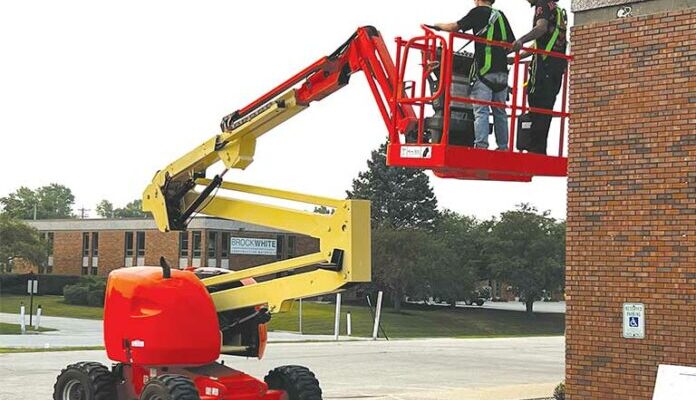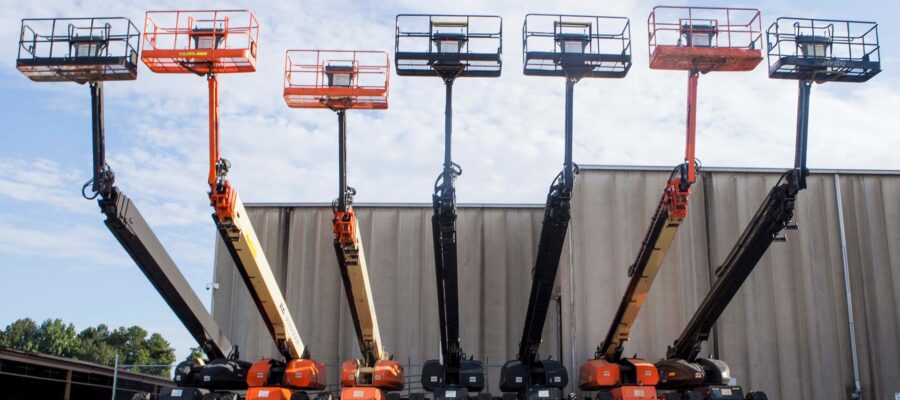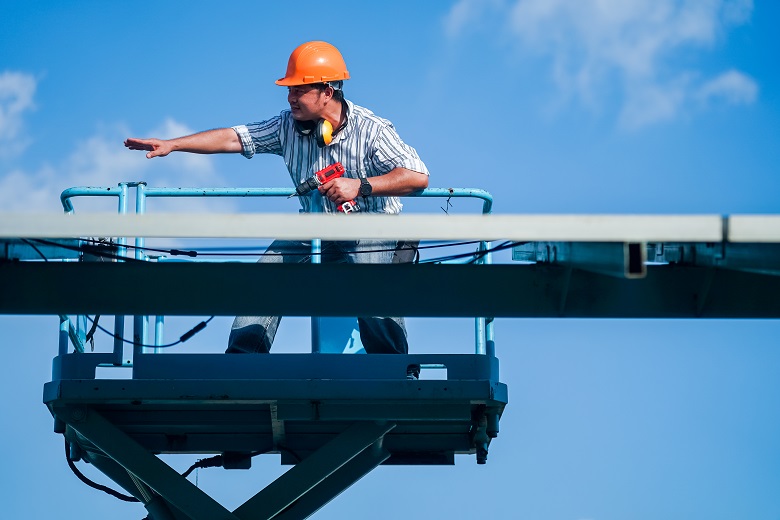
In the ever-evolving field of landscaping, professionals often find themselves reaching new heights—both creatively and literally. Tasks such as tree pruning, installing lighting, and constructing garden features frequently require working at elevated levels. Boom lifts have become indispensable tools in these applications, offering the flexibility and reach needed to perform tasks safely and efficiently. However, operating boom lifts comes with its own set of risks. At CJS Machinery Hire Hervey Bay, we believe that safety is paramount. This article aims to provide a comprehensive guide on safely operating boom lifts in landscaping projects.
The Importance of Safety in Boom Lift Operations
Operating boom lifts involves risks such as falls, tip-overs, and collisions. These risks can lead to serious injuries or fatalities if not properly managed. Implementing stringent safety measures not only protects workers but also enhances productivity by minimizing downtime due to accidents.
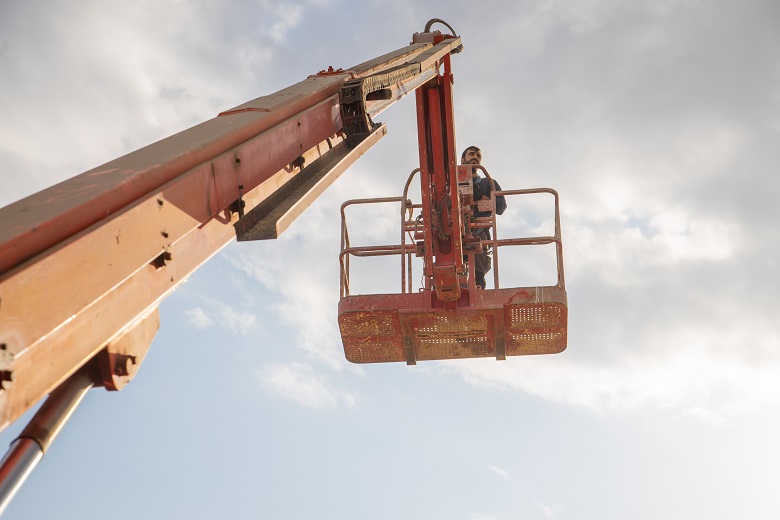
Essential Safety Practices
1. Proper Training and Certification
- Operator Training: Only trained and certified personnel should operate boom lifts. Training should cover equipment controls, safety devices, and emergency procedures. Your basic White Card, Boom Lift tickets and Working at Heights are usually handy to have.
- Regular Updates: Stay updated with the latest safety regulations and technological advancements in boom lift operations.
2. Pre-Operational Inspections
- Visual Checks: Inspect the boom lift for any visible damage, leaks, or worn-out parts before each use.
- Function Tests: Test all controls and safety features to ensure they are working correctly.
- Document Findings: Keep a log of inspections and maintenance activities for accountability and future reference.
3. Understanding Load Limits
- Maximum Capacity: Know the lift’s maximum load capacity, including the weight of the operator, tools, and materials.
- Even Distribution: Ensure the load is evenly distributed to prevent imbalance.
- Avoid Overloading: Never exceed the specified load limits to reduce the risk of tip-overs.
4. Site Assessment
- Ground Conditions: Check for unstable, uneven, or slippery surfaces. Use outrigger pads if necessary.
- Environmental Hazards: Identify overhead power lines, tree branches, and other obstacles.
- Weather Conditions: Avoid operating in high winds, heavy rain, or lightning storms.
5. Use of Personal Protective Equipment (PPE)
- Fall Protection: Wear a full-body harness attached to a designated anchor point on the boom lift.
- Protective Gear: Use hard hats, safety boots, gloves, and eye protection.
- High-Visibility Clothing: Wear reflective vests when working near traffic or in low-light conditions.
6. Safe Operating Procedures
- Stabilisation: Fully extend outriggers and stabilizers as required.
- Speed Control: Operate the lift at appropriate speeds, especially when maneuvering in tight spaces.
- Communication: Use hand signals or radios to maintain clear communication with ground personnel.
- Awareness: Be mindful of the boom lift’s swing radius to avoid collisions.
7. Emergency Preparedness
- Emergency Controls: Familiarize yourself with the emergency stop and descent controls.
- Rescue Plan: Have a plan in place for quick rescue in case of operator incapacitation.
- First Aid: Keep a well-stocked first aid kit accessible on-site.
Regulatory Compliance
- Local Regulations: Adhere to Queensland’s workplace health and safety laws and any local council regulations.
- Equipment Standards: Ensure all equipment meets the Australian Standards for Elevated Work Platforms (AS 2550.10).
- Documentation: Maintain all necessary records, including training certificates and inspection logs.
CJS Machinery Hire Hervey Bay’s Commitment to Safety
At CJS Machinery Hire Hervey Bay, we are dedicated to promoting a culture of safety.
Here’s how we support safe boom lift operations:
- Quality Equipment: Our boom lifts are meticulously maintained and regularly inspected to ensure they meet all safety standards.
- Expert Guidance: We provide comprehensive operating manuals and safety guidelines with every hire.
- Training Resources: Access to training programs and resources to help your team operate equipment safely.
- Customer Support: Our team is always available to answer questions and provide assistance throughout your project.
Tips for Landscaping Professionals
- Plan Ahead: Incorporate safety planning into your project timeline.
- Stay Informed: Keep up-to-date with industry best practices and safety innovations.
- Promote Safety Culture: Encourage your team to prioritize safety and report any hazards immediately.

Case Study: Safe Boom Lift Use in a Tree Pruning Project
A local landscaping company recently undertook a large tree pruning project in Hervey Bay. By hiring a boom lift from CJS Machinery Hire Hervey Bay and adhering to strict safety protocols:
- Accident-Free Completion: The project was completed without any safety incidents.
- Efficient Operations: Proper planning and equipment use led to timely project completion.
- Client Satisfaction: The end client was impressed with the professionalism and safety standards maintained.
Safety should never be an afterthought when operating boom lifts in landscaping applications. By following the outlined safety practices, you not only protect your team but also ensure the success and reputation of your business.
At CJS Machinery Hire Hervey Bay, we’re here to support you with reliable equipment and expert advice. Let’s work together to make your next landscaping project safe and efficient.

